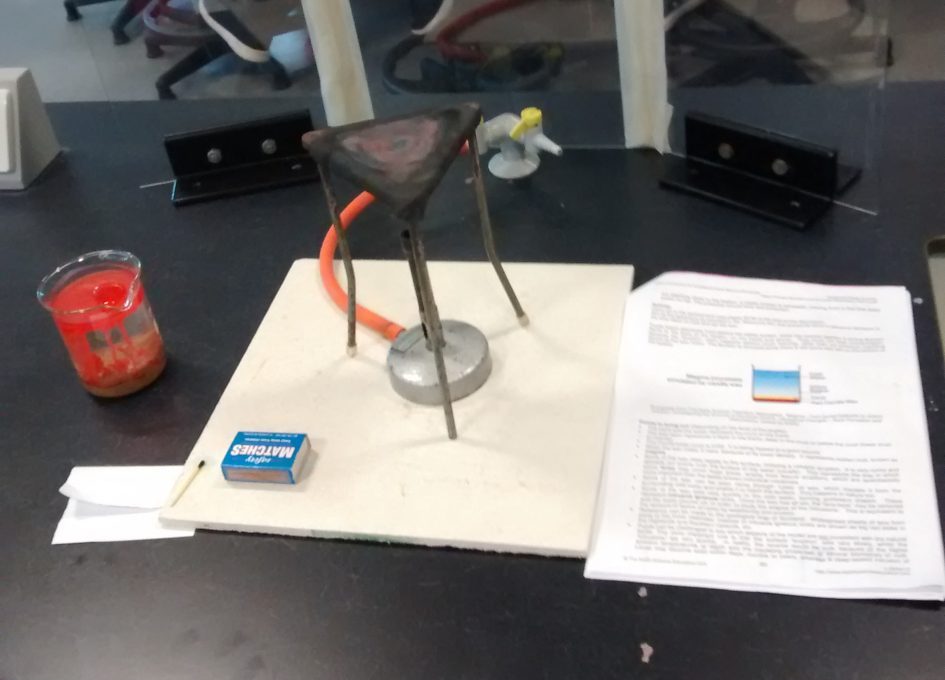DISASTERS
Lecture
We began by watching a video. Previously, I would strongly recommend this video as it shows how devastating and serve different types of disasters are. Then as a class, we discussed if this video would be appropriate to show in class. For me and others, we noticed that when a tsunami hit there was a person engulfed in the ocean; cleaning dying. This could be hard for some children to watch. For me, it was an effective video but I would not say it is a classroom resource to be used. For us as adults, it gives quick knowledge on different disasters and some really interesting examples, facts, and figures. For me I have developed the skill to be more apparent of videos and if they can be shown as a classroom resource. I will now be more are when coming up with ideas for lesson planning so no children are scared/frightened by what I would show them. Here is the video:
https://www.youtube.com/watch?v=zQYe3ngG6qs
- NATURAL DISASTERS Definition = sudden, calamitous event that seriously disrupts the functioning of a community or society. Often caused by environment/nature which has an impact on the environment.
- Natural disasters (the different factors that could cause disasters)
- natural hazards
- geographical
- hydrological
- biological
- climatical
- Natural disasters (process)
- Preparing (flood defenses)
- Responding (how to respond as an individual and community after a disaster)
- Recovering (how do the government help? Other charity agencies help)
Workshop 1 – Political and Economic Considerations
Workshop 2 – Different Activities that could be used in the classroom
- Fossil find
Here you need a map and different biomes where things originated. Thos was a cross-curricular activity where there were elements of geography and science integrated into one effective activity.
Instructions:



Here is a map empty and the completed biome task


A good idea as a teacher is to have information of the topics you are working on displayed around the class so if children begin to disengage and begin to look around the classroom they are still learning by consuming the information displayed around the classroom. Here are some example used this week:


2. Next, we looked at the different textures and features of different rocks and followed the instructions to find about different rocks:




(Chiseling at the rock to test it for acid with vinegar)

(Scraping the back of a tile with the stone to see if a mark was left)

(Using a knife to see if the rock was soft)
3. Again the next activity was cross-curricular where geography and science and some art were integrated together:


(Children would also be learning about geographical, biological and meteorological disasters in this lesson)
Directed Study Task
This week we were to make our own presentations on a random subject area to do with disasters. This was to do with the micro-teaching activities being undertaken in all the modules. The area that we got was fire. The reason we got this was, we put all the different subject areas into a hat and pulled out a slip of paper that would tell us what we were going to be talking about. I went into quite a lot of detail about this task; what I learned; main points from others’ presentations and the skills I found associated with this task. I talk about:
- FIRE
- VOLCANOES
- TSUNAMIS
- TORNADOS
- FLOODS
- EARTHQUAKES
Please check it out at:
| Skills I have developed by taking part in this theme:
|
| How this relates to Primary Education:
|
| What has changed in my thinking from this theme? Is there anything else I’d like to look into relating to this theme?
|
| Useful resources or links (either for future teaching or for your own assignment):
CLASSROOM RESOURCES IDEAS:
FURTHER READING:
|

